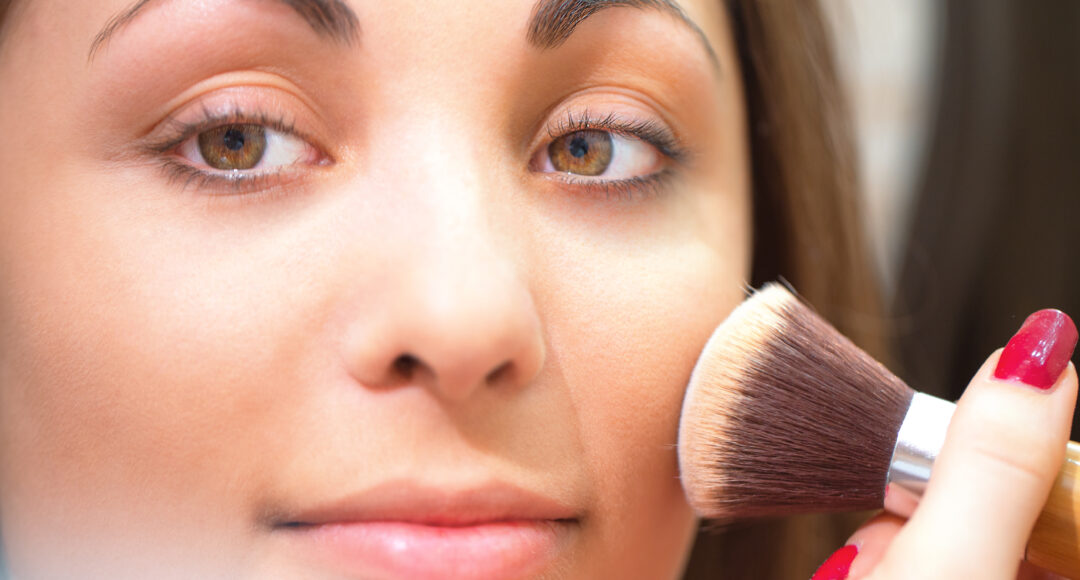
Setting powder is a key makeup product that helps keep your foundation looking fresh all day long. But if you have dark skin, it can be hard to find a good setting powder that suits your complexion and does not leave you looking ashy in bright lighting, selfies and photos. When shopping for powders, look for one with ingredients such as talc and kaolin clay. They’re gentle on the skin and absorb excess oil. In addition, try translucent or semi-translucent powders if possible because they tend to hide blemishes better than darker ones do.
Some of the best types of setting powder for dark skin are translucent, loose powder and liquids.
Setting powder is a powder that you apply over your makeup to set it. It helps the makeup stay in place and can also help mattify the skin, keeping oil at bay. The best types of powders for dark skin are translucent, loose powder and liquids.
Some of these products include:
- Translucent Setting Powders (like Laura Mercier’s)
- Loose Powders (like Sacha Buttercup Powder)
- Liquids (like Kat Von D Lock-It Tattoo Foundation).
The best powder for dark skin is easy to use and won’t make your face cakey.
The best powder for dark skin is easy to use and won’t make your face cakey. If you have oily skin, look for a powder that contains mattifying properties. A good setting powder should leave your skin feeling soft and smooth, not dry or flaky.
For best results:
- Apply the product with a brush or sponge that has been dipped into water first (to avoid excess powder getting on your face).
- Tap off any excess before applying it to the area around your eyes, nose and mouth–these areas tend to get shinier than others during the day!
Keep it simple with a loose powder that blends into the skin naturally and effortlessly.
For dark skin, the best setting powder is a loose one with a soft yellow tone that blends into your skin naturally and effortlessly. It won’t make your face cakey or powdery looking–and it won’t clog pores either.
To apply: Use a clean brush to pick up a small amount of product and tap off any excess so that you don’t waste any product (you can always use more if needed). Then tap the brush all over your face until it’s covered in powder and patting it onto areas where you want more coverage or mattifying power; repeat until all areas have been covered.
It’s hard to find a setting powder that matches perfectly with your skin tone, but there are a few things to look for.
You’re going to want to make sure that the powder flatters your skin tone, which can be difficult if you’re looking for something translucent or light. To do this, take a look at the ingredients list on the back of your favorite setting powders and see if there’s any titanium dioxide in it; if there is, then it’s likely not going to work well with dark skin tones. The reason why is that titanium dioxide has been known as an irritant when applied directly under the eyes and around other sensitive areas of the face such as lips and cheeks–and since many people with darker complexions have more sensitive skin than those with lighter ones, we need extra care when choosing our makeup products so they don’t cause irritation!
In general, translucent powders work well on darker skin tones.
For those who don’t know, a setting powder is a loose or pressed powder that helps set your makeup for long wear. It can be used to help minimize the appearance of fine lines and pores, as well as to give your face an overall matte finish.
If you have dark skin and are looking for a setting powder, there are a few things you should keep in mind: firstly, translucent powders tend to work best on darker skin tones; secondly, look for one with yellow undertones (this will help counteract redness); finally–and most importantly–test out several options until you find one that works well with your skin type!
Make sure the ingredients are gentle and won’t irritate your skin.
- Avoid ingredients that will irritate your skin.
- Make sure the setting powder you choose contains gentle ingredients.
- Parabens are preservatives used to prevent bacteria from growing in personal care products, but they can also cause irritation and rashes on sensitive skin. They’re found in many makeup products, including face powders and foundations. Talc is another common culprit when it comes to irritated or inflamed complexions: it’s a mineral used as an absorbent in cosmetics–but if it gets into pores, it causes them to clog up and become more prone to breakouts! Fragrance is often added to cosmetic products for scent (and sometimes color), but some fragrances contain chemicals that irritate sensitive complexions even more than other ingredients do; if this sounds like something you want your powder not too have then look for one without fragrance listed among its ingredients list before buying anything else from there on out!
Conclusion
Hopefully, this article has given you some insight into the world of setting powders. You may be surprised at how many options there are for dark skin tones and what they can do for your look. If you’re looking for a product that will keep oil at bay without making your face cakey, then translucent powder might be right up your alley!






